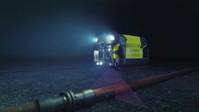
Saipem’s underwater intervention drone Hydrone-R, currently operating on Equinor's Njord Field development project offshore Norway, has achieved the milestone for continuous subsea residency of 167 days.The project, for which Saipem’s Hydrone-R is deployed…
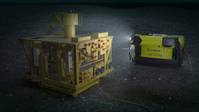
Saipem and Fincantieri have signed a memorandum of understanding (MoU) to evaluate commercial and industrial opportunities for cooperation in the field of autonomous subsea vehicles (AUV) and their integration with surface and underwater units…

Italian oilfield services giant Saipem and Oil Spill Response Limited (OSRL) have signed an extension of their existing Services Agreement to include the provision of FlatFish, Saipem’s underwater drone for environmental monitoring and inspection of asset integrity…
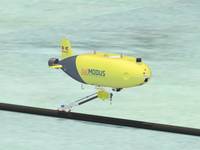
That’s the question? Or, more specifically, are there alternative ways of delivering robotics to where they’re needed without having to have seabed docking stations? Elaine Maslin takes a look. The idea for some kind of resident subsea vehicle has been around for some time…
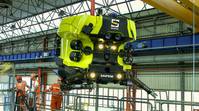
Italian Saipem has signed a cooperation agreement with the Italian start-up WSense to develop complex communication networks for subsea drones.These multi-purpose intelligent nodes will be designed and qualified by Saipem and WSense to be interfaced…
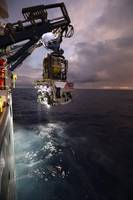
There are tentative signs of the start of a renewal in the work class ROV fleet. But what form will it take?The work class ROV (WCROV) market has taken something of a battering over the past few years. The 2014 downturn and then a pandemic has…

As the world has been shut down in stages due to COVID for the past 18 months, the same can’t be said for innovators in the offshore energy sector, many of whom will be honored in Houston August 16-19, 2021, with an OTC Spotlight on New Technology Award…
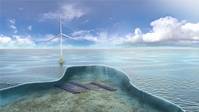
Late 2018, before net-zero targets had been agreed to by most western energy giants and nations, BP came out with a goal to reach 100% of subsea inspection by marine autonomous systems by 2025.It was a tangible goal then, and it’s one that might…

Efforts to increase remote capability often go hand in hand with increasing ROV residency. But exactly what form residency takes is diverging. Elaine Maslin takes a look.Dial back the clock five years and there was a movement towards an idea dubbed subsea resident remotely operated vehicles (ROVs)…
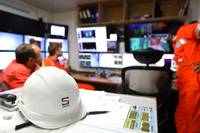
Italian provider of oilfield and renewable energy services Saipem has signed a two-year frame agreement with Norway's Equinor covering offshore engineering services worldwide.Per Saipem's statement on Tuesday, The frame agreement covers feasibility and conceptual studies…
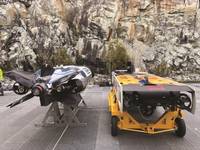
The last 12 months has seen a long-envisioned concept in field resident subsea finally make it mainstream. The idea now features in talks by chief technology officers at major industry events, instead of just being the focus of a smaller subsea side events…
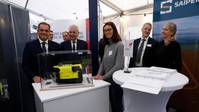
Norwegian energy company Equinor said it will use the new Hydrone all-electric wireless underwater intervention drone (UID) and remotely operated underwater vehicle (ROV) technology from Italian services firm Saipem at the Njord Field development…
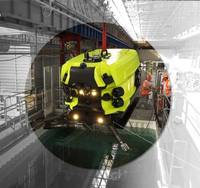
On July 1, Saipem-Sonsub’s Hydrone-R underwater intervention drone was launched in water to start the endurance and qualification tests prior to its commercialization by year’s end.The Hydrone Program is the key workstream of Saipem’s Technology Development Plan within subsea robotics…
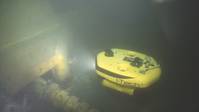
It’s long been a vision to have underwater vehicles able to support subsea operations without reliance on a surface vessel. We’re closer to this vision than ever before, but what’s new that wasn’t in place before to make this happen?Earlier…
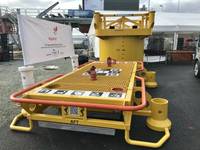
The starting gun on a subsea space race has now officially been fired with the first ever award of a contract that includes services from a subsea resident drone.But, what is less known is that the award, made by Equinor to Saipem for operations on the Njord field…